The Cobra Radspeed XB Driver has made waves in the golfing world since its release, and for good reason. If you’re seeking a driver that combines distance, forgiveness, and adjustable features, you’re in the right place. Join me as we dive deep into the specifications, performance, and user experiences that define this incredible driver.
What is the Cobra Radspeed XB Driver?
The Cobra Radspeed XB Driver sits at the intersection of technology and tailor-made fit. This driver features an innovative design aimed at golfers who crave both speed and accuracy. With a large footprint and an emphasis on high launch, the Radspeed XB is designed to cater to a wide range of players, from novices to seasoned pros.
Key Features
- Radial Weighting Technology: This cutting-edge design positions weight towards the back and heel of the club for increased stability and forgiveness on off-center hits.
- Carbon Fiber Design: Reduced weight allows for adjustments to improve swing speed while enhancing overall performance.
- Adjustable Loft & Lie Settings: Personalize your settings for a better fit with a range of adjustments that allow for increased launch and trajectory control.
- Cobra Connect Technology: Embedded sensors in the grip help you track your performance using the Arccos Caddie app, ensuring you’re always improving.
The Technology Behind Radspeed
Cobra has spent years refining their technology, and the Radspeed XB is a product of that evolution. The driver utilizes Cobra’s newest engineering innovations, taking advantage of speed zone and radial weighting technology to significantly affect launch conditions.
Radial Weighting
The driver consists of precision-engineered weights that are strategically placed to optimize speed and stability. As a result, this ensures that no matter your swing speed, the driver is designed to provide an optimal center of gravity.
 Cobra Radspeed XB Driver Technology
Cobra Radspeed XB Driver Technology
Design Aesthetic
The Radspeed XB carries a modern, aggressive look. Sleek lines, a shiny black crown, and striking color accents give this driver an eye-catching appeal. It’s designed to look fast, even before you swing.
Performance Insights
When you hit the course, how does the Radspeed XB Driver perform? Let’s break down the core performance aspects:
Distance
- Ball Speed: The Radspeed XB produces impressive ball speed due to its construction and design, ensuring that even players with slower swing speeds can achieve notable distances.
- Launch Angle: With its adjustable loft feature, golfers can easily tweak the launch conditions to fit their playing style, resulting in higher and more controlled launch angles.
Forgiveness
- Sweet Spot: The large face and heel-weighted design create a wider sweet spot, making the driver forgiving on mishits.
- Stability: Even when you err on the side of a poorly hit ball, the added stability helps keep the ball on track.
Control
- Adjustability: Personalization plays a key role in controlling your game. The Radspeed XB allows golfers to independently adjust loft and lie angles to significantly impact their gameplay.
- Trajectory Management: The driver enables players to shape their shots, providing the flexibility to play any course layout effectively.
 Golfer Using Cobra Radspeed XB Driver
Golfer Using Cobra Radspeed XB Driver
User Experiences
User feedback has highlighted several consistent features about the Radspeed XB. Many users report significant increased distance, along with a noticeable improvement in accuracy. Here are some summarized experiences:
- Beginner Friendly: New golfers appreciate the forgiveness and easy launching capabilities.
- Experienced Players: More seasoned players admire the balance between distance and workability, allowing them to shape shots as needed.
Here’s a sample quote from a user review:
“The forgiveness on miss-hits is phenomenal, and I love how I can personalize it to fit my swing!”
Comparison with Other Drivers
| Feature | Cobra Radspeed XB Driver | TaylorMade SIM2 | Callaway Epic Speed |
|---|---|---|---|
| Adjustable Loft | Yes | Yes | Yes |
| Lightweight Design | Yes | Yes | Yes |
| Ball Speed | High | High | High |
| Sweet Spot | Large | Large | Large |
| Swing Speeds Supported | Wide Variety | Moderate | Moderate |
The Cobra Radspeed XB Driver stands out in the performance category, especially appealing to the more forgiving side of golf without sacrificing distance or control.
 Cobra Radspeed XB Driver Compared to TaylorMade SIM2 and Callaway Epic Speed
Cobra Radspeed XB Driver Compared to TaylorMade SIM2 and Callaway Epic Speed
Key Takeaways
- Innovation at Your Fingertips: The Cobra Radspeed XB Driver features state-of-the-art Radial Weighting Technology that maximizes speed and forgiveness for better results on the green.
- Custom Fit for Every Golfer: Adjustable loft and lie settings allow for personalized adjustments to suit different swing styles and preferences.
- Forgiveness Meets Performance: Experience a larger sweet spot that ensures great results even on off-center hits, perfect for both newbies and seasoned golfers.
- Modern Design and Technology: This driver doesn’t just perform well; it looks good doing it, showcasing an aggressive design paired with advanced features such as Cobra Connect Technology.
- Positive User Feedback: Many golfers find the Radspeed XB provides a noticeable increase in distance while maintaining accuracy, reinforcing its position as a go-to driver.
FAQs About Cobra Radspeed XB Driver
1. What’s the price range for the Cobra Radspeed XB Driver?
The price typically ranges from $499 to $549, depending on specifications and retailer promotions.
2. Is it suitable for beginners?
Absolutely! The Radspeed XB offers a forgiving design, making it an excellent choice for newcomers to the game.
3. How do I adjust the loft and lie on the driver?
You can adjust the loft and lie by utilizing the included adjustment tool. The specifications are mentioned in the driver’s manual.
4. Can I track my performance with the Cobra Radspeed XB?
Yes! With Cobra Connect Technology, the drivers come with sensors that sync with the Arccos Caddie app for tracking performance.
5. What swing speeds is the Radspeed XB best for?
Its design accommodates a wide range of swing speeds, making it versatile for both slower and faster swings.
6. How does it compare to other brands?
The Radspeed XB stands out for its forgiveness and distance capabilities, often rivaling comparable models from brands like TaylorMade and Callaway.
7. What is the warranty policy for the Radspeed XB Driver?
Cobra typically offers a one-year warranty against manufacturing defects, but it’s essential to check with your retailer for specific details.
8. How does this driver perform in different weather conditions?
Players have noted that the Radspeed XB maintains its exceptional performance across various weather conditions, though wind can affect accuracy like any driver.
 Close-up of Cobra Radspeed XB Driver Head
Close-up of Cobra Radspeed XB Driver Head
The Cobra Radspeed XB Driver proves to be a standout option for anyone looking to elevate their game. It’s more than just a driver; it’s a tool that combines technology, customization, and performance into one sleek package. Whether you’re a beginner or a seasoned golfer, this driver has something valuable to offer. Get ready to experience new levels of distance and control on the course!

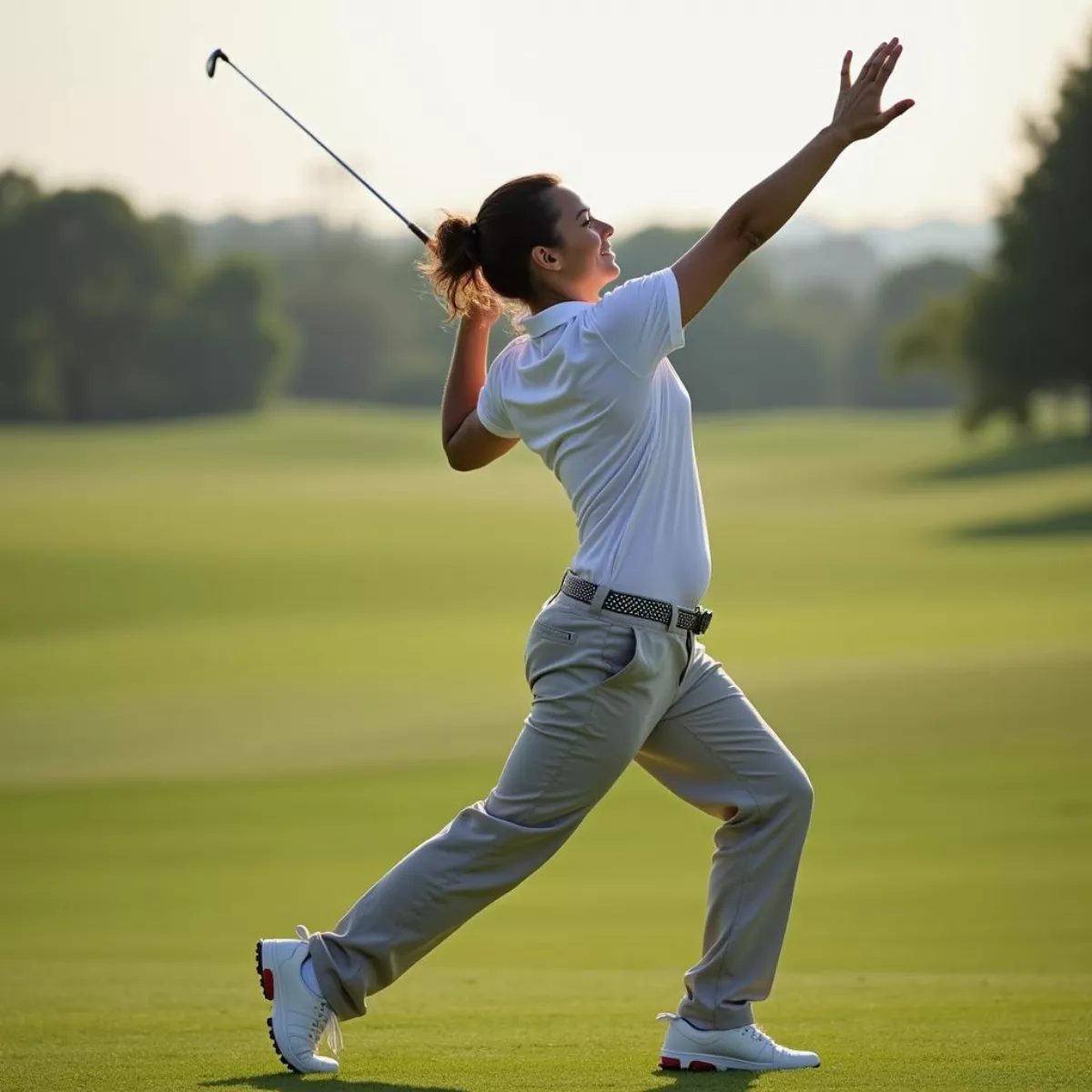 Golfer practicing yoga for mental focus
Golfer practicing yoga for mental focus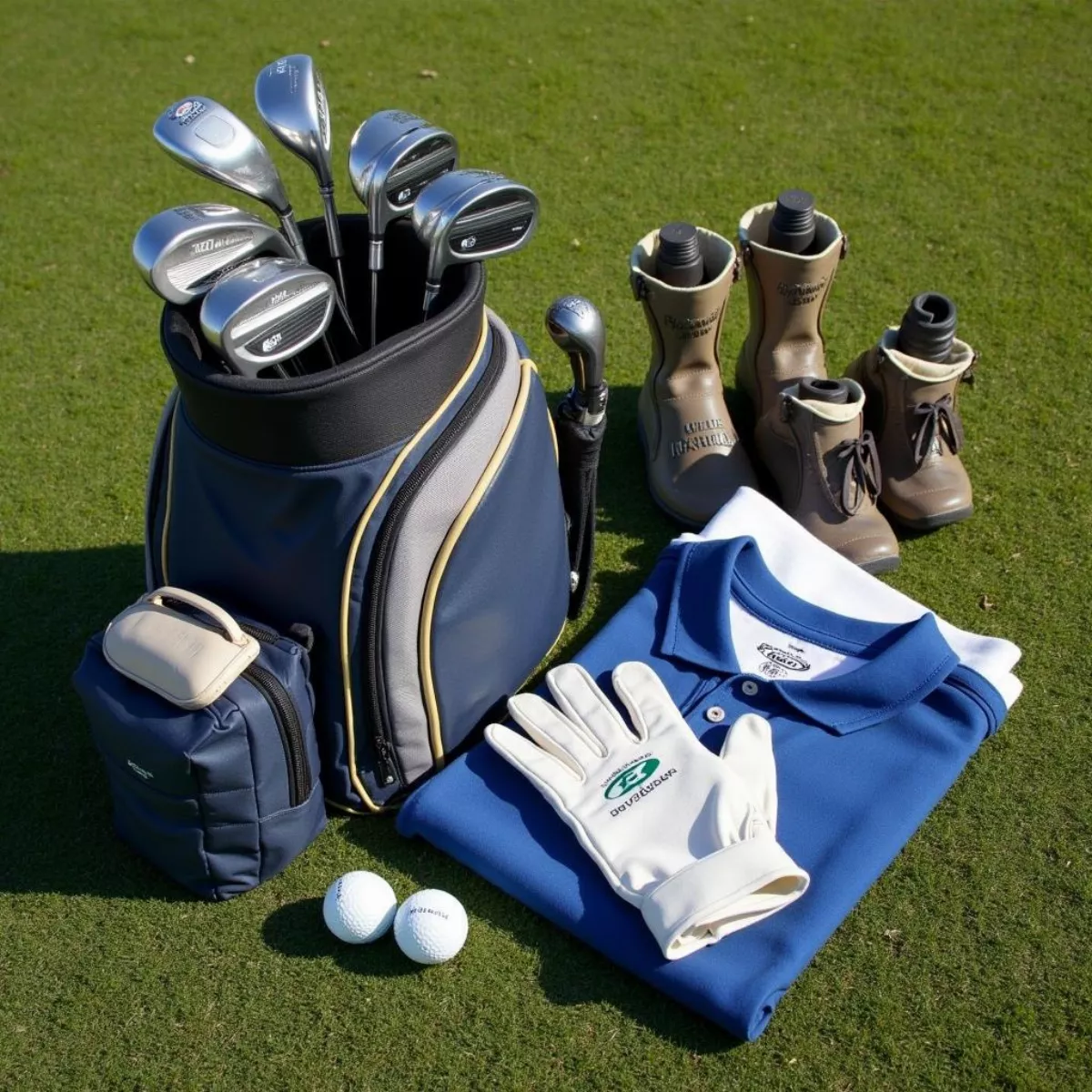 Golf bag with clubs, balls, and apparel
Golf bag with clubs, balls, and apparel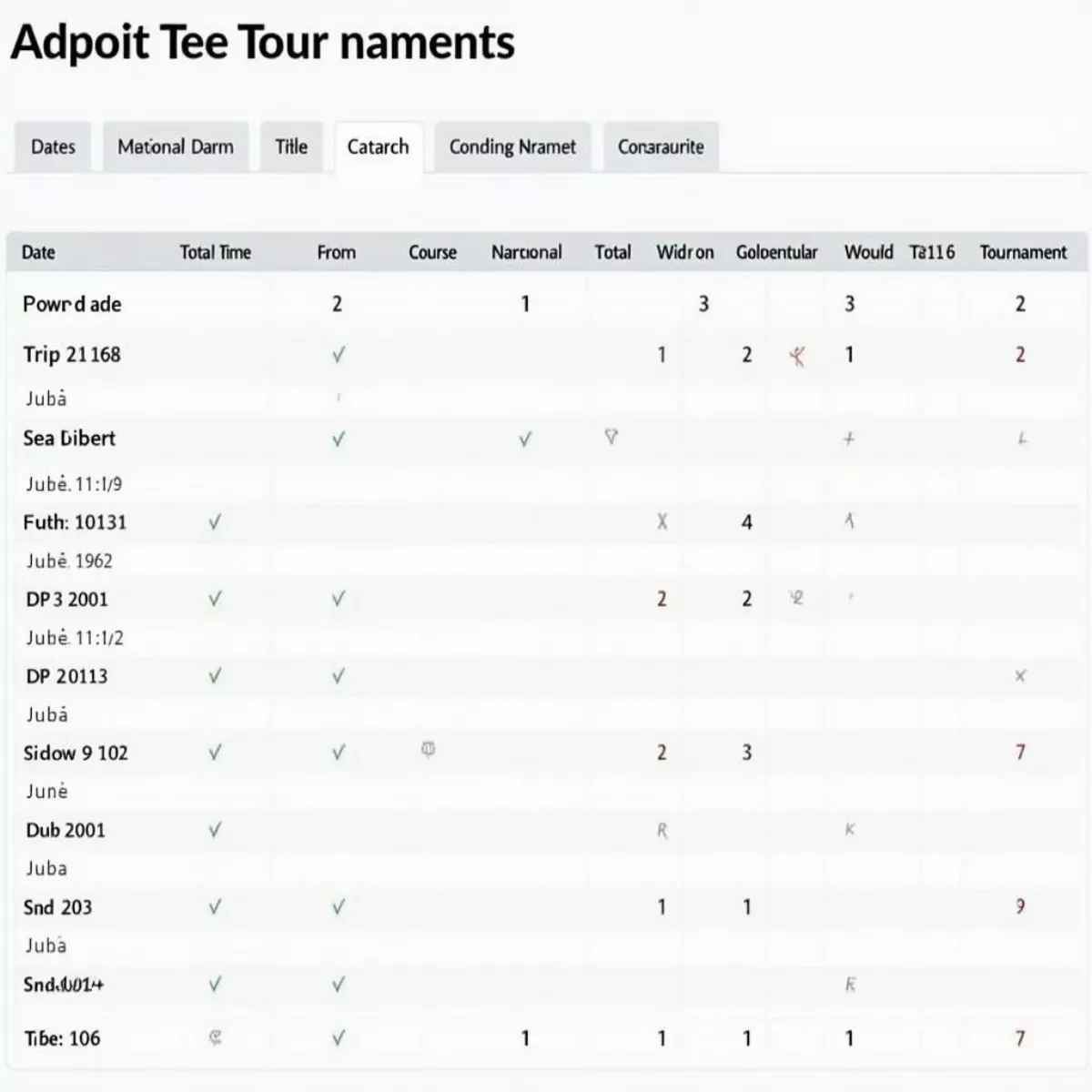
 Watching Tiger Woods at a Golf Tournament
Watching Tiger Woods at a Golf Tournament Checking Tiger Woods' Tee Time on Smartphone
Checking Tiger Woods' Tee Time on Smartphone
 Correct Golf Grip
Correct Golf Grip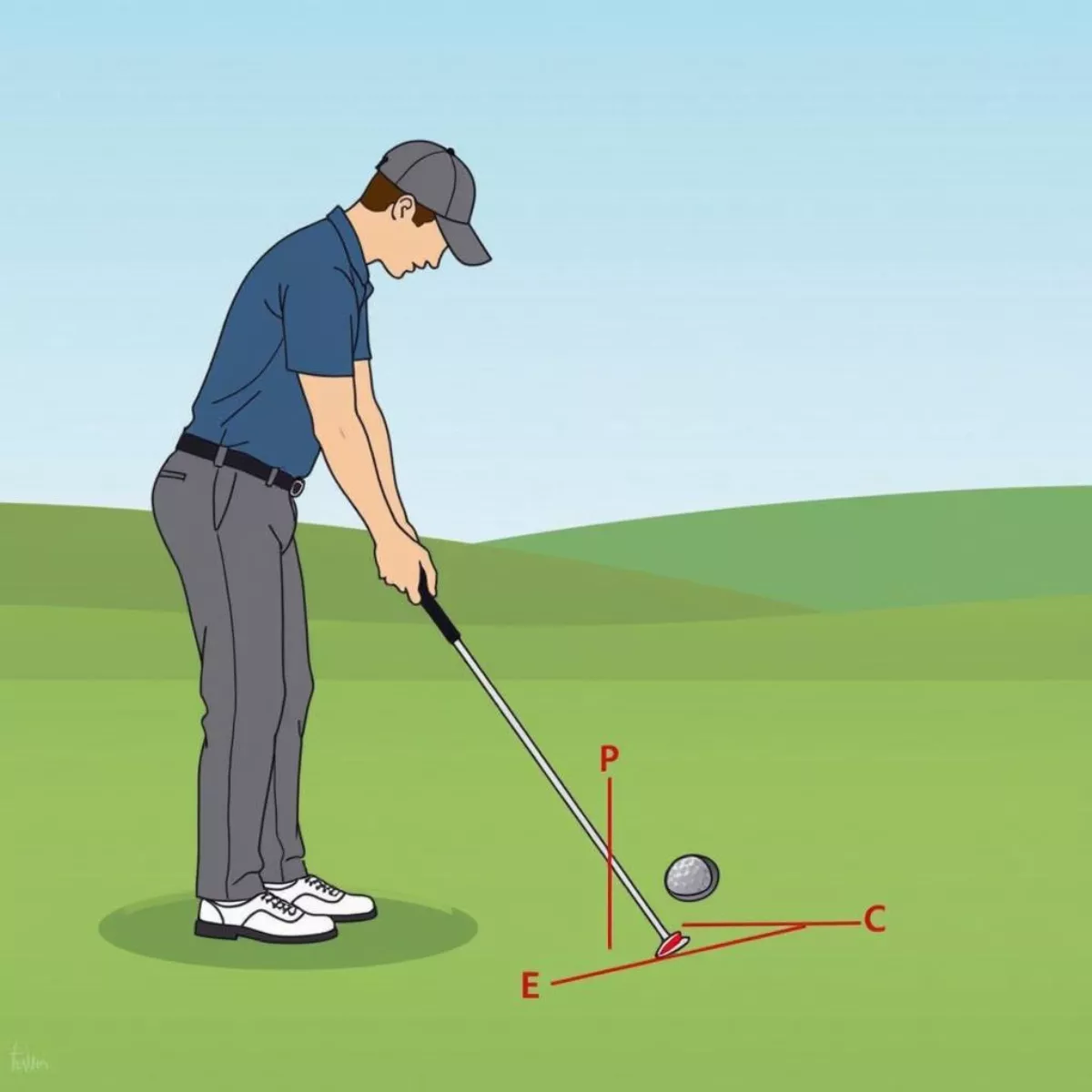 Golf Alignment Drill
Golf Alignment Drill Golf Ball Flight Paths
Golf Ball Flight Paths
 Cobra LTDx Max Driver
Cobra LTDx Max Driver Cobra LTDx vs LTDx Max Comparison
Cobra LTDx vs LTDx Max Comparison Golfer Choosing Cobra Driver
Golfer Choosing Cobra Driver
 Golfer Getting Fitted for Clubs
Golfer Getting Fitted for Clubs Scenic Golf Course at Sunset
Scenic Golf Course at Sunset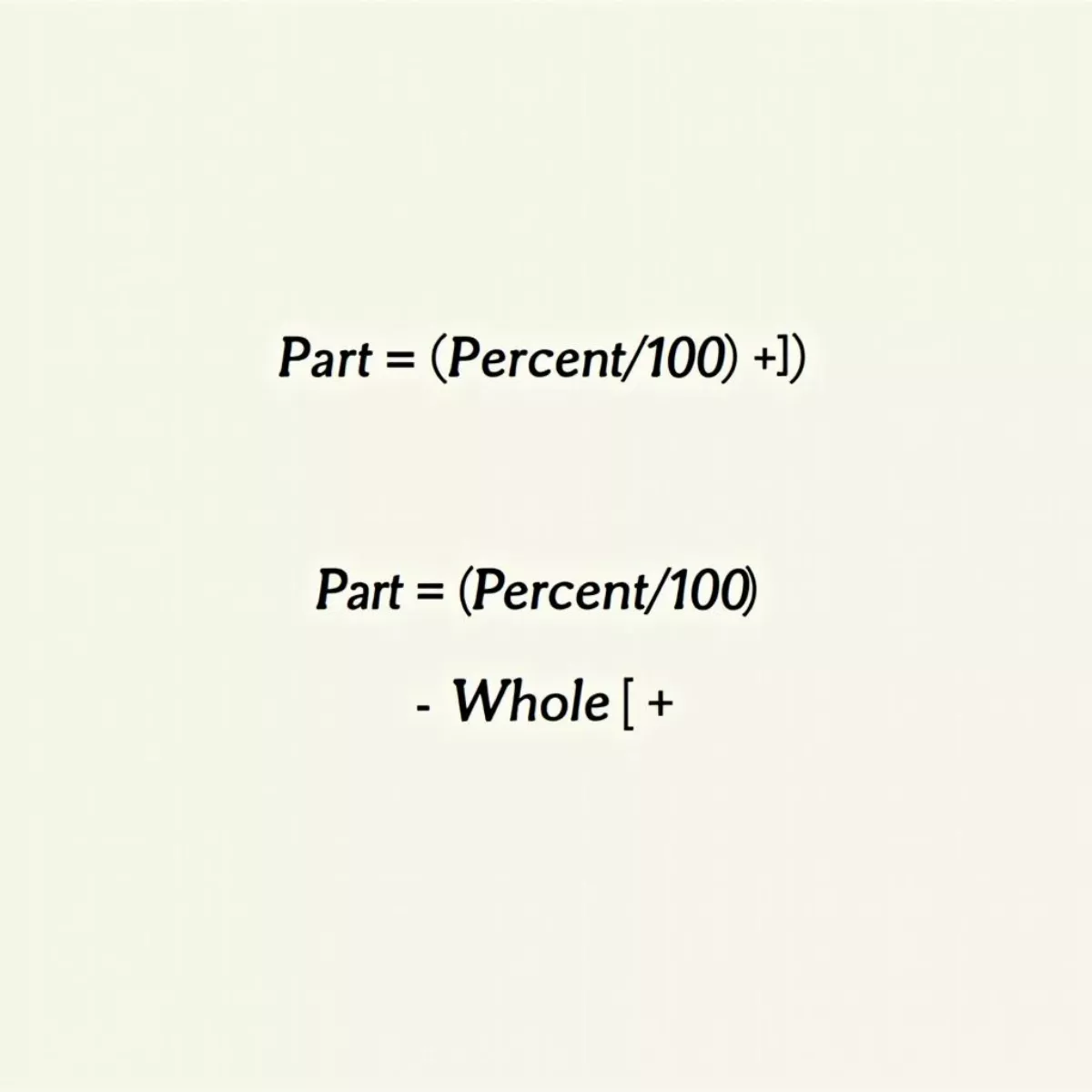
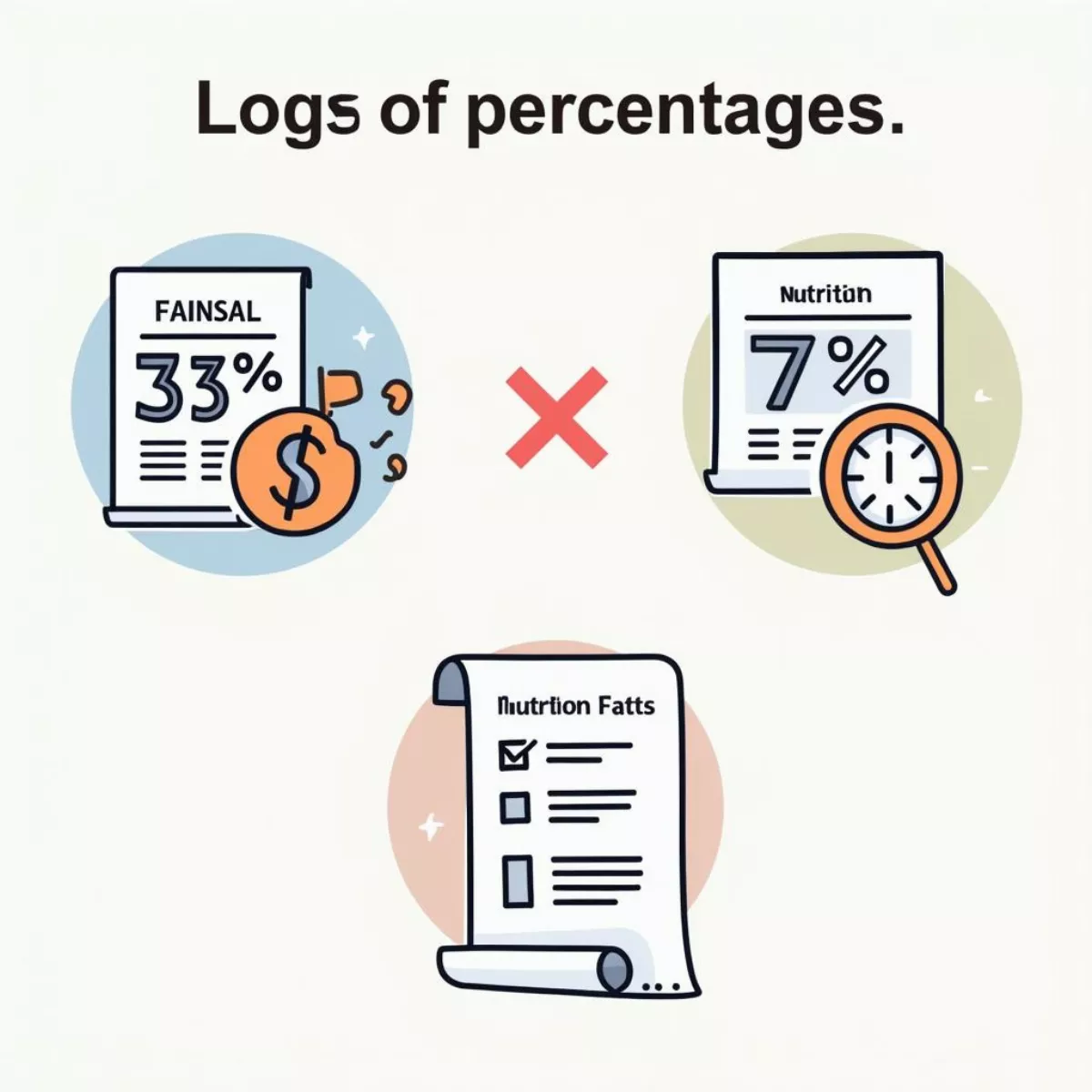 Examples of Percentages in Finance, Health, and Education
Examples of Percentages in Finance, Health, and Education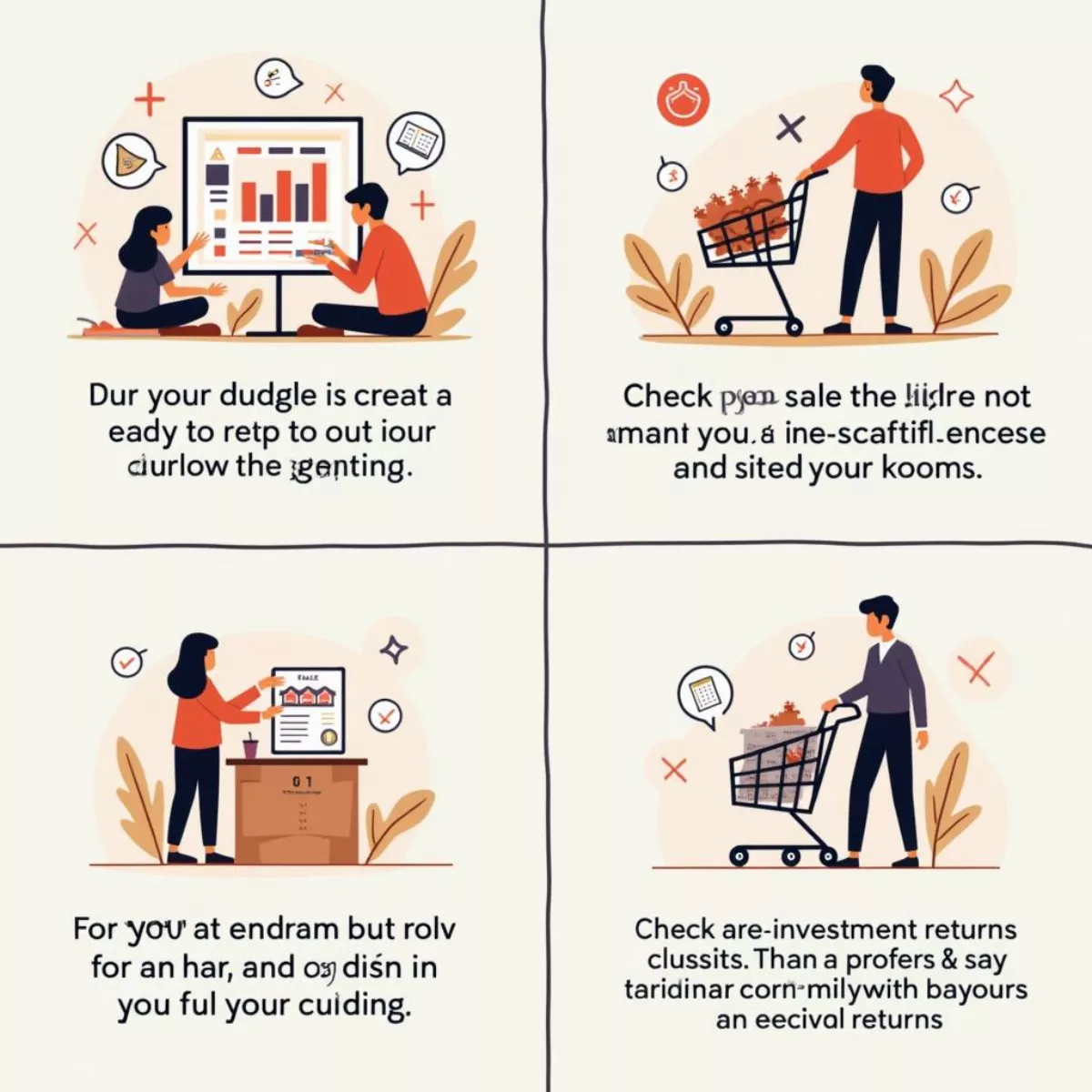 Percentages in Everyday Life
Percentages in Everyday Life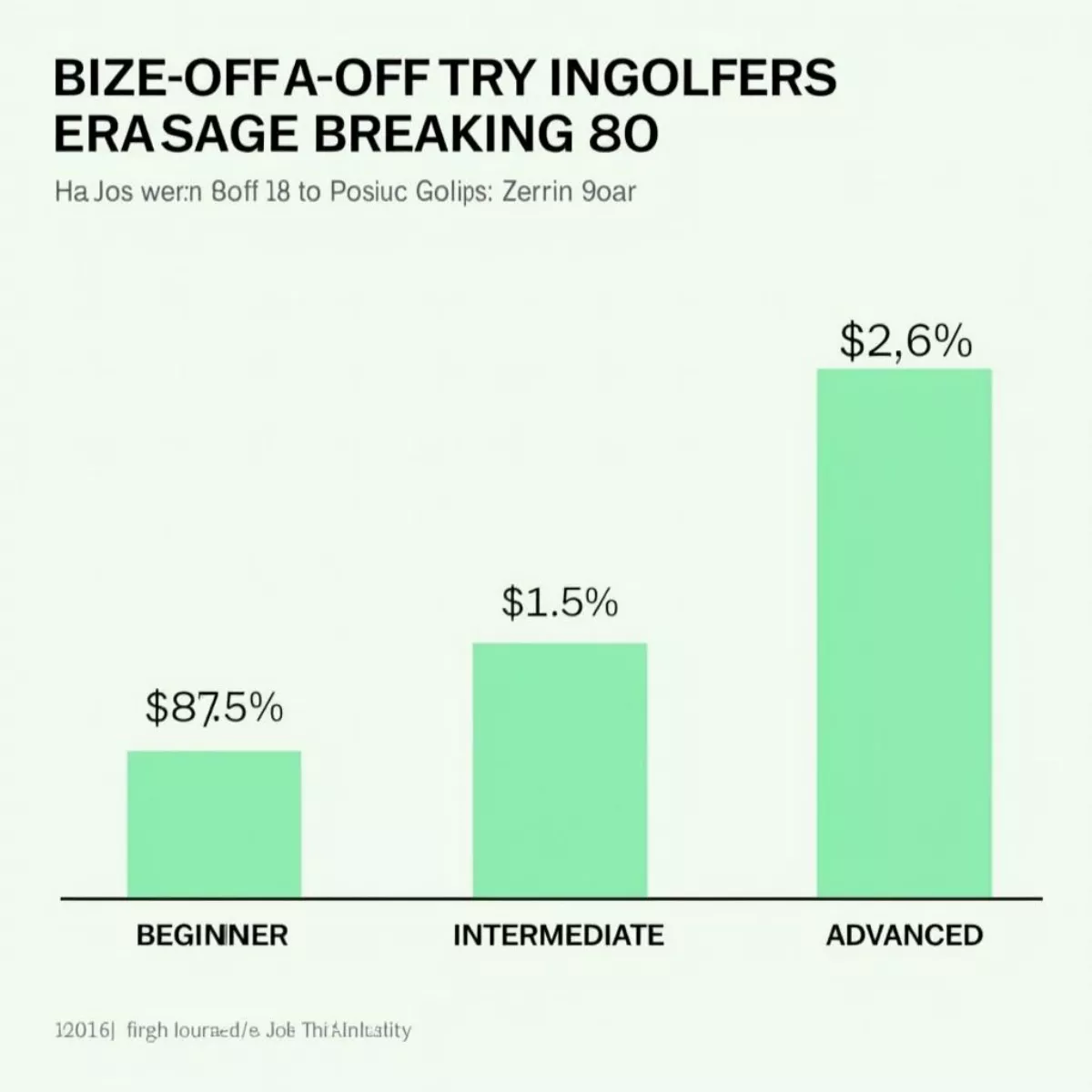
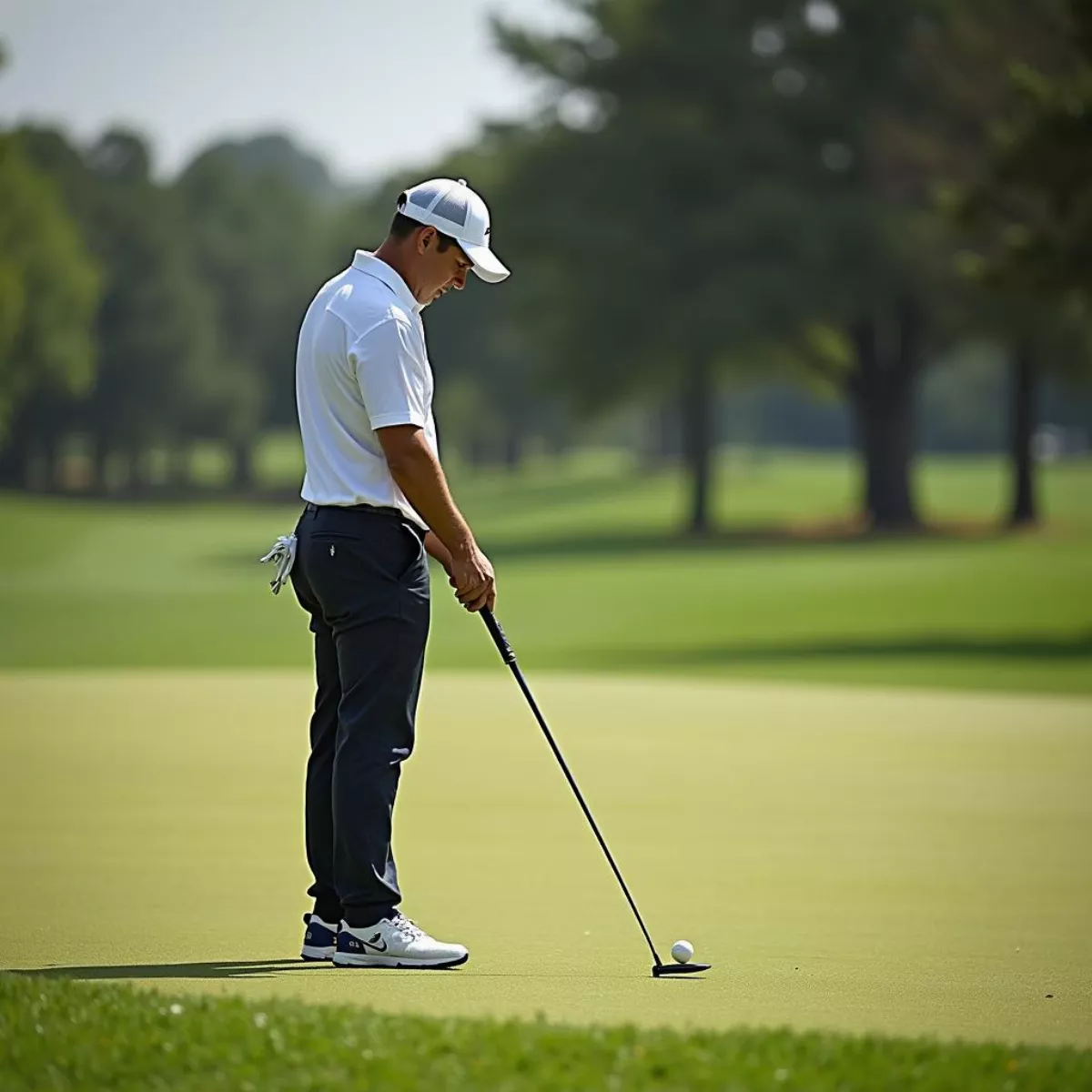 Golfer Concentration
Golfer Concentration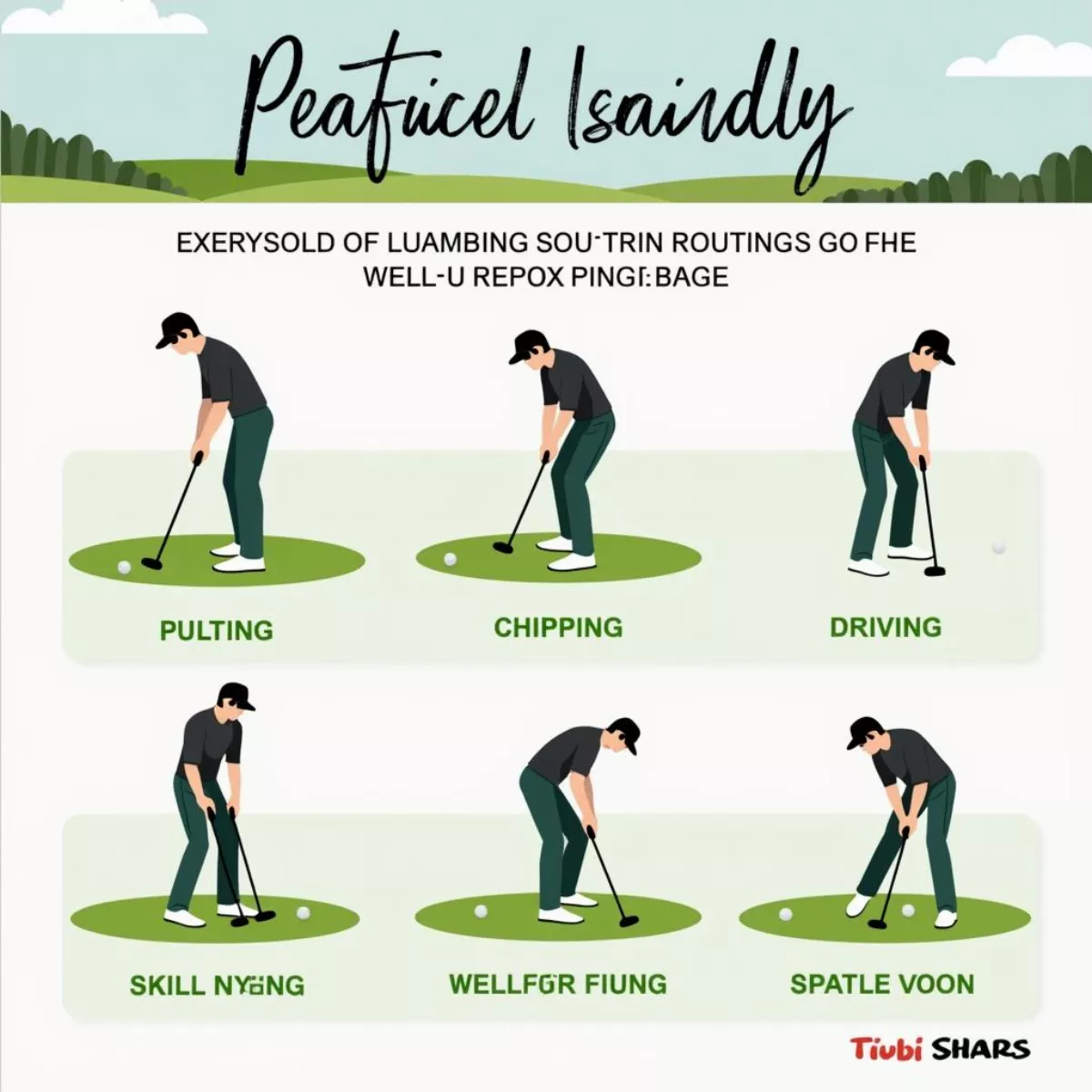 Essential Golf Skills Practice
Essential Golf Skills Practice Golf Achievement Celebration
Golf Achievement Celebration